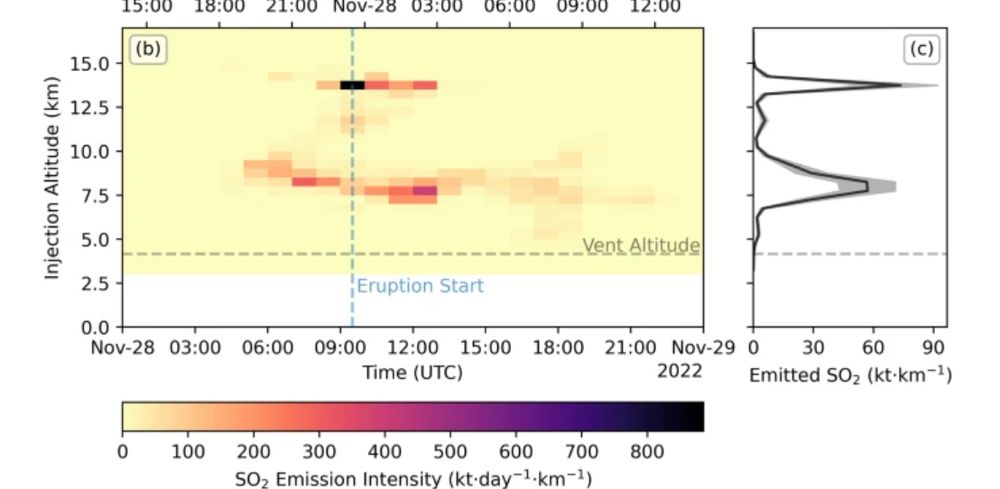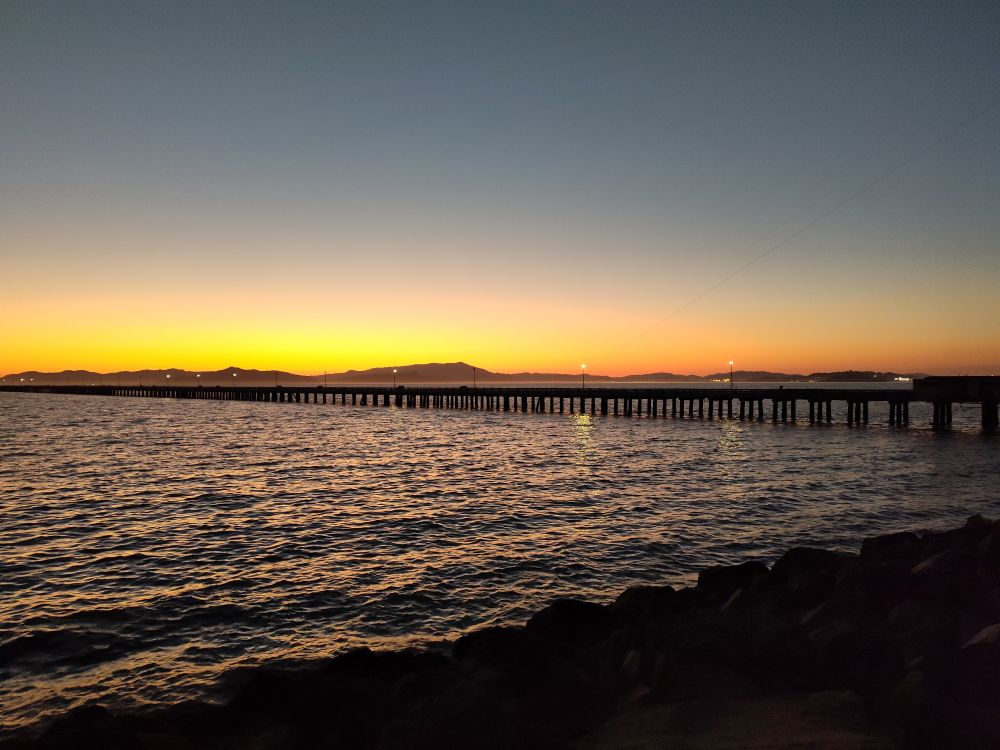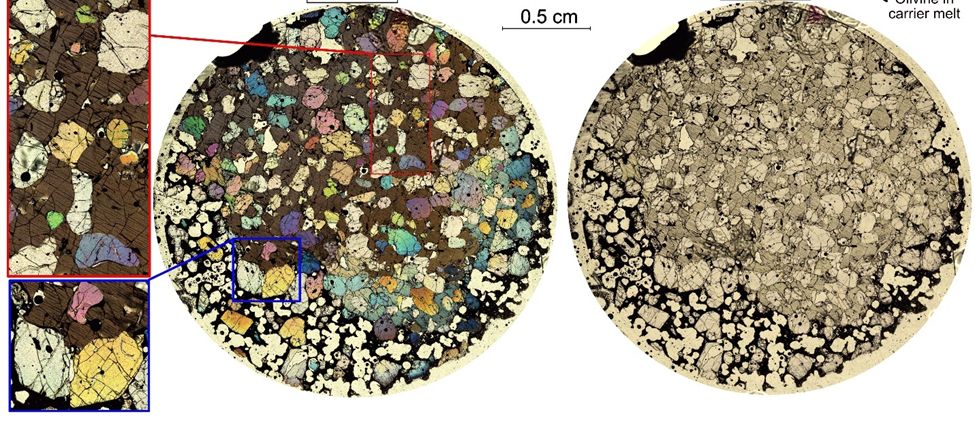Penny Wieser
@pennywieser.bsky.social
1.1K followers
290 following
240 posts
Assistant Prof studying Volcanoes. ♥️Microanalysis, Python 🐍, Open Science. Laser Radial sailor ⛵, Bike advocate 🚲. Chronically Ill (GI). She/her
Posts
Media
Videos
Starter Packs



![Signatures of deformation in Mauna Loa olivines. The leftmost column shows an EBSD map with each pixel colored using an inverse-pole figure (IPF) key (inset) where the color shows both the magnitude and direction of the deviation from the mean orientation of the grain (defined as white), with black colors showing deviation in orientation from the mean by more than 3°. Deformation intensity visibly decreases with decreasing GOS from a-c, shown by colors getting less intense, and showing a narrower range of hues. The central column shows the WBVD, with [100] directions as blue, [010] as green, and [001] as red. Note, this is different from the WBVD color key used in Wieser et al. (2020), but this cannot be changed in the software Aztec Crystal. The rightmost column shows the misorientation axes across the black subgrain boundaries marked on the IPF map. The colorbar shows the intensity of the coloring, e.g. a value of 16 means the orientations are 16X more concentrated in that region than elsewhere.](https://cdn.bsky.app/img/feed_thumbnail/plain/did:plc:vvbdpfdpbmmrizpjylro2cdx/bafkreib767hz5byuaedq7ng4cjioumzod3cnv7ncejwoonxugkagwbbm7i@jpeg)









